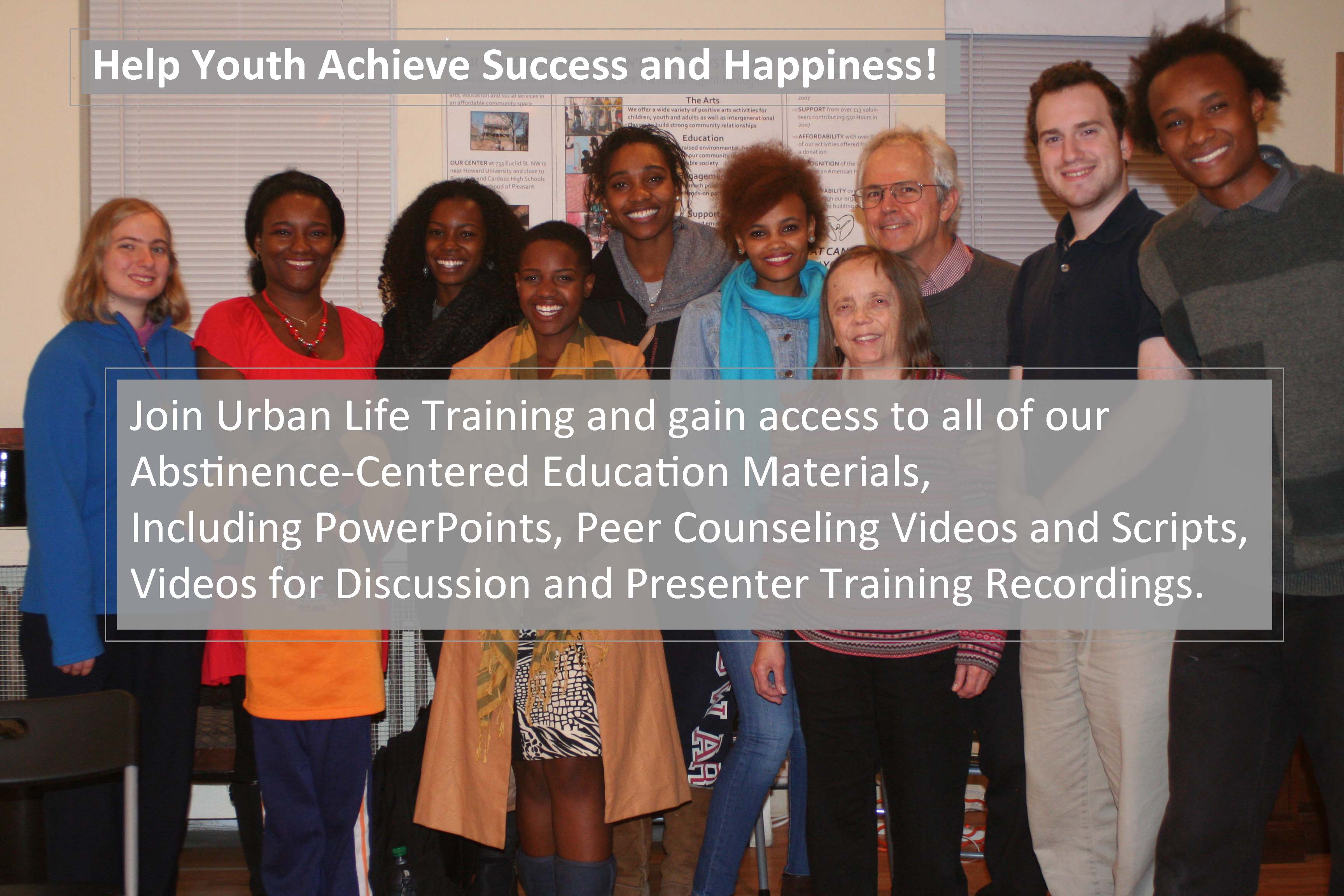Abstinence-only programs Might work, Study Says
By Rob Stein
Washington Post Staff Writer
Tuesday, February 2, 2010;
Sex education classes that focus on encouraging children to remain abstinent can persuade a significant proportion to delay sexual activity, researchers reported Monday in a landmark study that could have major implications for U.S. efforts to protect young people against unwanted pregnancies and sexually transmitted diseases.
Only about a third of sixth- and seventh-graders who completed an abstinence-focused program started having sex within the next two years, researchers found. Nearly half of the students who attended other classes, including ones that combined information about abstinence and contraception, became sexually active.
The findings are the first clear evidence that an abstinence program could work.
"I think we've written off abstinence-only education without looking closely at the nature of the evidence," said John B. Jemmott III, a professor at the University of Pennsylvania who led the federally funded study. "Our study shows this could be one approach that could be used."
The research, published in the Archives of Pediatric & Adolescent Medicine, comes amid intense debate over how to reduce sexual activity, pregnancies, births and sexually transmitted diseases among children and teenagers. After falling for more than a decade, the numbers of births, pregnancies and STDs among U.S. teens have begun increasing.
The Obama administration eliminated more than $170 million in annual federal funding targeted at abstinence programs after a series of reports concluded that the approach was ineffective. Instead, the White House is launching a $114 million pregnancy prevention initiative that will fund only programs that have been shown scientifically to work -- a program the administration on Monday proposed expanding to $183 million.
"This new study is game-changing," said Sarah Brown, who leads the National Campaign to Prevent Teen and Unplanned Pregnancy. "For the first time, there is strong evidence that an abstinence-only intervention can help very young teens delay sex."
The study is the first to evaluate an abstinence program using a carefully designed approach comparing it with several alternative strategies and following subjects for an extended period of time, considered the kind of study that produces the highest level of scientific evidence.
"This takes away the main pillar of opposition to abstinence education," said Robert Rector, a senior research fellow at the Heritage Foundation who wrote the criteria for federal funding of abstinence programs. "I've always known that abstinence programs have gotten a bad rap."
Longtime critics of the approach praised the study, saying it provides strong evidence that such programs can work and might merit taxpayer support.
"One of the things that's exciting about this study is that it says we have a new tool to add to our repertoire," said Monica Rodriguez, vice president for education and training at the Sexuality Information and Education Council of the United States.
Based on the findings, Obama administration officials said programs like the one evaluated in the study could be eligible for federal funding.
"No one study determines funding decisions, but the findings from the research paper suggest that this kind of project could be competitive for grants if there's promise that it achieves the goal of teen pregnancy prevention," said Nicholas Papas, a spokesman for the Department of Health and Human Services.
Several critics of an abstinence-only approach said that the curriculum tested did not represent most abstinence programs. It did not take a moralistic tone, as many abstinence programs do. Most notably, the sessions encouraged children to delay sex until they are ready, not necessarily until married; did not portray sex outside marriage as never appropriate; and did not disparage condoms.
"There is no data in this study to support the 'abstain until marriage' programs, which research proved ineffective during the Bush administration," said James Wagoner, president of Advocates for Youth.
But abstinence supporters disputed that, saying that the new program is equivalent to many other well-designed abstinence curricula that are thorough, tailor their messages to students' ages and provide detailed information.
"For our critics to use marriage as the thing that sets the program in this study apart from federally funded programs is an exaggeration and smacks of an effort to dismiss abstinence education rather than understanding what it is," said Valerie Huber of the National Abstinence Education Association.
The study released Monday involved 662 African American students from four public middle schools in a city in the Northeastern United States. It was conducted between 2001 and 2004.
Students were randomly assigned to go through one of the following: an eight-hour curriculum that encouraged them to delay having sex; an eight-hour program focused on teaching safe sex; an eight- or 12-hour program that did both; or an eight-hour program focused on teaching them other ways to be healthy, such as eating well and exercising. The abstinence-only portion involved a series of sessions in which instructors talked to students in small groups about their views about abstinence and their knowledge of HIV and other sexually transmitted diseases. They also conducted role-playing exercises and brainstorming sessions designed to correct misconceptions about sex and sexually transmitted diseases, encourage abstinence and offer ways to resist pressure to have sex.
Over the next two years, about 33 percent of the students who went through the abstinence program started having sex, compared with about 52 percent who were taught only safe sex. About 42 percent of the students who went through the comprehensive program started having sex, and about 47 percent of those who learned about other ways to be healthy did.
The abstinence program had no negative effects on condom use, which has been a major criticism of the abstinence approach.
"The take-home message is that we need a variety of interventions to address an epidemic like HIV, sexually transmitted diseases and pregnancy," said Jemmott, adding that he thinks the program would be equally effective among other age and racial or ethnic groups.
"There are populations that really want an abstinence intervention. They are against telling children about condoms," he said. "This study suggests abstinence programs can be part of the mix of programs that we offer."







